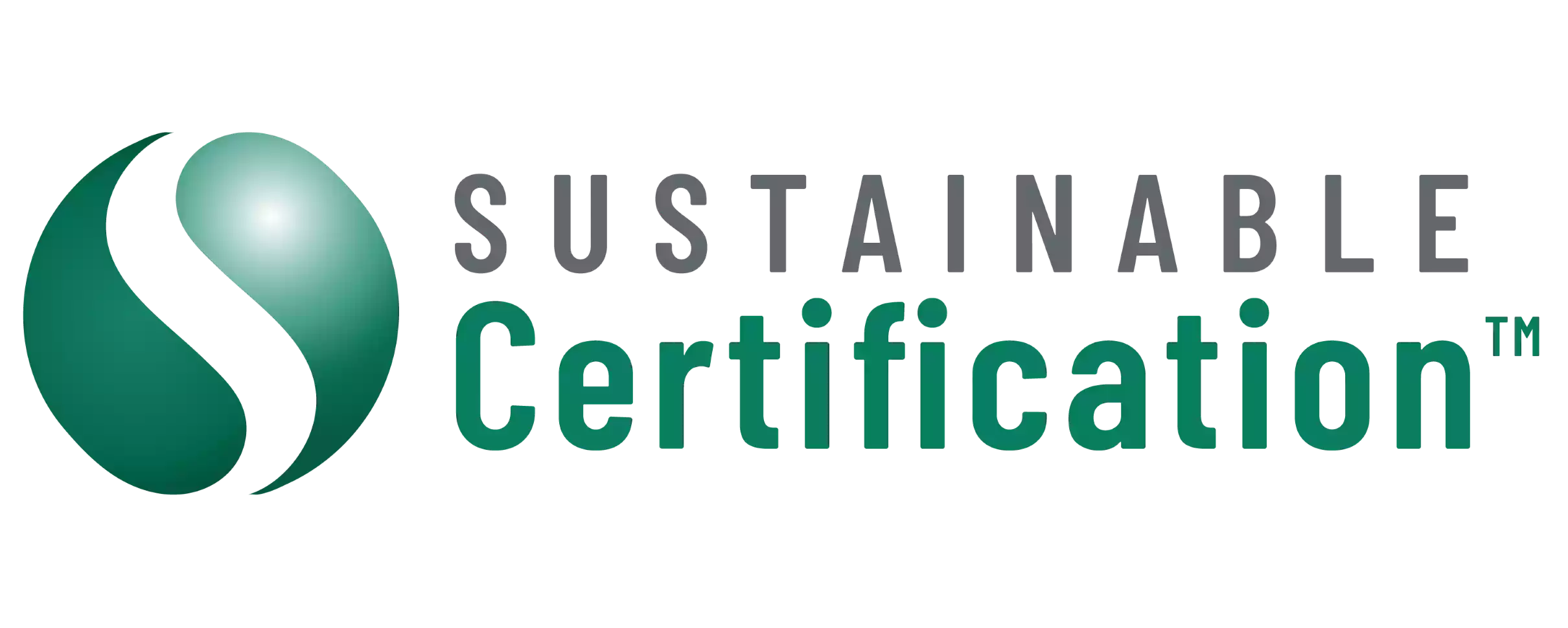Coverage Under the WHS Act: Worker Safety Rights in Australia
Worker safety rights in Australia are governed by the Work Health and Safety Act 2011 (WHS Act). This national framework ensures that every individual engaged in work is entitled to a safe and healthy environment. It sets clear responsibilities for both employers and employees, helping to reduce risks, prevent accidents, and build a culture of accountability.
The WHS Act is more than legislation. It reflects a commitment to fairness, proactive risk management, and shared responsibility across industries. Understanding WHS Act rights for workers in Australia helps employees protect themselves, supports businesses in compliance, and safeguards communities from harm.
Coverage Under the WHS Act
The WHS Act is designed to provide comprehensive coverage that extends across industries, job types, and community settings. Its protections are not limited to permanent employees but apply to a wide range of participants in the workforce.
Who Is Protected?
The WHS Act ensures that worker safety rights in Australia extend to:
- Employees across all industries
- Contractors and subcontractors
- Apprentices and trainees
- Students on work placements
- Volunteers contributing their time and skills
- Employers carrying out operational duties themselves
This broad scope prevents gaps in protection and guarantees that employee health and safety rights in Australia are consistent, regardless of role or contract type.
Protecting the Public
The Act also safeguards the public by requiring businesses to prevent harm from their operations. Industries such as construction, transport, healthcare, and hospitality carry risks that can extend beyond the workplace. By enforcing practical safety standards, the WHS Act ensures businesses act responsibly and uphold community safety.
Employer Responsibilities under the WHS Act
Employers hold legally enforceable duties to protect the health and safety of their workforce. These responsibilities include:
- Providing safe systems of work through hazard identification, risk assessment, and control measures
- Maintaining workplaces that are free from physical, chemical, and psychological hazards
- Ensuring workers receive access to training and supervision
- Consulting with workers on safety issues to encourage participation
- Monitoring workplace conditions to detect risks before they escalate
Many organisations use frameworks like the AS/NZS 4801 Occupational Health and Safety Management System to meet these obligations. Failure to comply can result in penalties, fines, or criminal charges, highlighting the serious nature of these responsibilities.
Worker Rights and Participation
The WHS Act also empowers workers to take an active role in safety management. Core rights include:
- Working in an environment where hazards are identified and managed
- Receiving adequate information and training about risks and protections
- Refusing unsafe work if there is a risk of serious harm
- Participating in consultation processes and safety committees
Workers who exercise these rights cannot face retaliation. Access to structured training helps ensure employees are informed, confident, and able to uphold both their own safety and that of others.
Enforcement and Penalties
The WHS Act is supported by regulators who enforce compliance through inspections, investigations, and penalties. Enforcement powers include:
- Issuing improvement or prohibition notices to address unsafe practices
- Applying financial penalties for breaches
- Prosecuting cases in court where negligence has led to serious harm
The importance of enforcement is underscored in resources like 10 reasons workplace safety matters, which demonstrate both human and financial impacts of non-compliance. Organisations can also strengthen compliance through robust OHSW policies.
Moving Forward with Workplace Safety
The WHS Act establishes a strong foundation for worker safety rights in Australia and for creating healthier, safer workplaces. For workers, it means security and empowerment. For employers, it provides accountability and guidance. For the public, it delivers protection from the risks associated with unsafe business practices.
Building compliance into daily operations ensures long-term resilience and helps businesses maintain trust with both employees and clients. For further support, Sustainable Certification provides resources to help organisations strengthen their safety management frameworks.
It applies to all industries, including construction, healthcare, hospitality, education, transport, and professional services.
Yes. Volunteers are explicitly covered to ensure they have the same employee health and safety rights in Australia while performing work.
Workers have the right to refuse or stop unsafe work if there is a risk of serious harm, and employers cannot penalise them for this.
Businesses must assess and control risks that could harm the public, such as unsafe construction zones, improper medical waste disposal, or poor food safety practices.
Penalties range from notices and fines to imprisonment in severe cases. The severity depends on the breach and its consequences.
Small businesses gain a clear framework to manage risks. Compliance reduces accidents, protects workers, and prevents financial losses from penalties or downtime.
